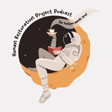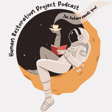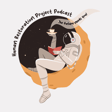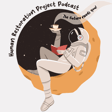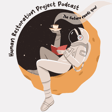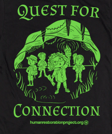
DIY, Mutual Aid, and Human-Centered Learning for Neurodivergent and Disabled People w/ Stimpunks
“We are a community affair. We’re Autistic, ADHD, OCD, PTSD, Tourettes, schizophrenic, bipolar, apraxic, dyslexic, dyspraxic, dyscalculic, non-speaking, and more. We’ve collectively experienced rare diseases, organ transplants, various cancers, many surgeries and therapies, and lots of ableism and SpEd. We’ve experienced #MedicalAbleism, #MedicalMisogyny, #MedicalRacism, #MedicalTrauma, and #MedicalGaslighting. We understand chronic pain, chronic illness, and the #NEISvoid “No End In Sight Void”. We know what it’s like to be disabled and different in our systems. We know what it is like to live with barriers and what it means to not fit in and have to forge our own community. Disabled and neurodivergent people are always edge cases, and edge cases are stress cases. We can help you design for the edges, because we live at the edges. We are the canaries. We are “the fish that must fight the current to swim upstream.“
And that’s just the opening statement on Stimpunks.org.
Stimpunks has been among HRP’s closest allies over the years, and I am so grateful to be joined by an amazing cross section of Stimpunks today -- Ryan Boren, Chelsea Adams, Norah Hobbs, and Helen Edgar, who also runs Autistic Realms – to speak to their roll your own, DIY, Mutual Aid and Human-Centered Learning for Neurodivergent and Disabled People.
Chelsea had to step away during recording so you’ll hear her voice just in the first half. This episode was a long time coming, and I hope you enjoy it. You can connect with Stimpunks and find all of the resources mentioned in this episode at Stimpunks.org.
Mentioned in this episode:
